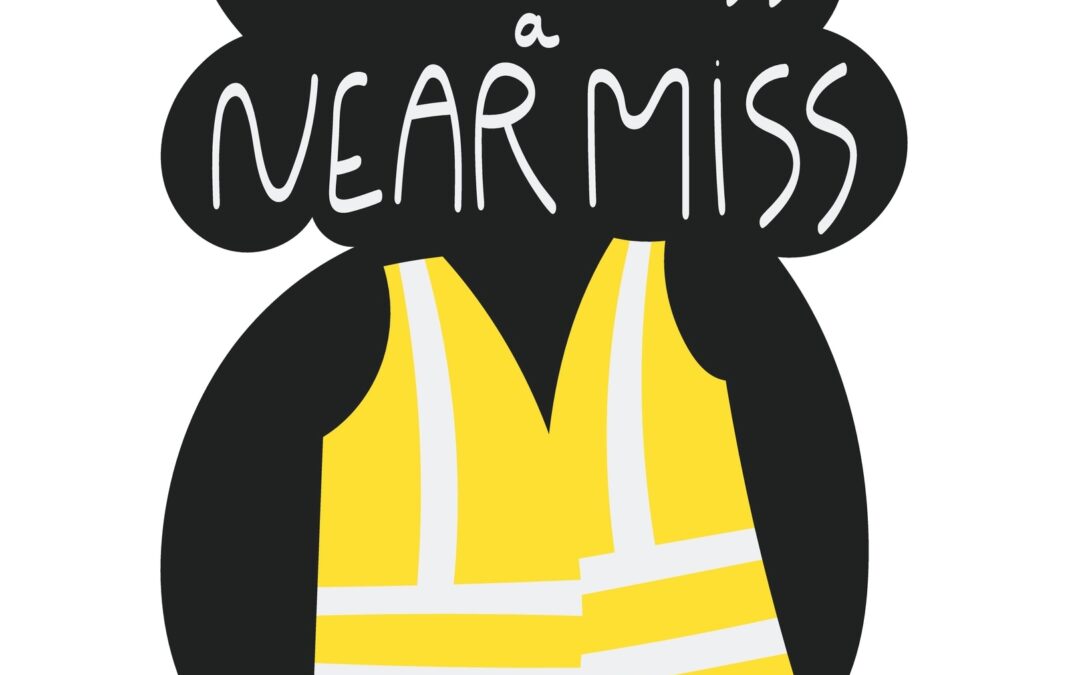In the workplace, an “incident” is an unplanned event that interferes with work activities. An “accident” is an incident that results in injury, illness, or death, and an incident that does not result in injury, illness, or damage to property or equipment, but has the potential to cause harm is referred to as a “near-miss” incident. OSHA defines a near-miss as an event “in which a worker might have been hurt if the circumstances had been slightly different…it is a leading
indicator to an accident that, if scrutinized and used correctly, can prevent future injuries and damages. Collecting near-miss reports helps create a culture that seeks to identify and control hazards, which will reduce risks and the potential for harm.”
Discussion Points:
• What is a near-miss?
• Establish a near-miss reporting system
• Investigate all near-miss incidents
• Train employees to recognize hazards
• The importance of reporting near-miss incidents
• Encourage employee participation
Discussion:
Two forklifts almost collide at a blind-corner. A worker stands on a swivel-chair to reach an object on a shelf that is out of reach, the chair spins, the worker jumps off, and regains his balance as he lands safely on both feet. These are a couple of examples of common near-miss incidents. Nearly everyone has escaped a close call or near-miss incident at some point while on the job. Often it gets shrugged off, and the story of the event shared with a co-worker, friend, or family member. All too often, these events go unreported, only for another incident to occur under similar circumstances hours later, but this time, the incident results in serious injury. According to the National Safety Council (NSC), 75% of all accidents are preceded by one or more near-misses.
To prevent a near-miss incident in the workplace, OSHA recommends that companies implement a near-miss reporting system. Employees should be trained to recognize hazards and near-misses, and the importance of the reporting system. All near-miss incidents and accidents should be reported immediately to your supervisor. Employers should investigate all accidents and all near-miss incidents. They should show they are committed to the program by immediately responding to near-miss reports. Employers should encourage employee participation, and allow workers to report near-miss incidents anonymously. Management should share the success of the near-miss reporting program with all employees and offer incentives for their participation. Near-miss reporting is extremely important in preventing serious injury, death, or damage to property and equipment. Report all near-miss incidents before they become accidents!
As always, stay safe out there!


Recent Comments